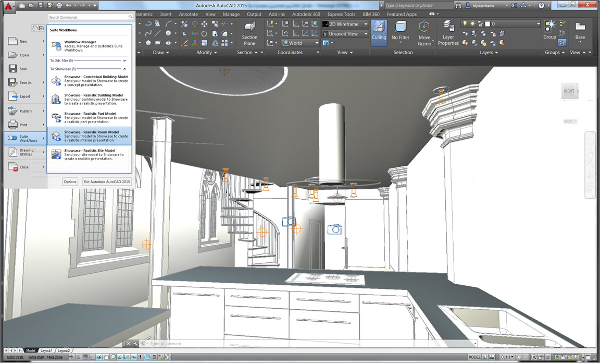
In Mudbox 2010, an application programming interface (API) was introduced via a software development kit (SDK). In addition, features to display the model with depth of field and ambient occlusion were added for the release. In Mudbox 2009 3D painting and texturing features were introduced to allow artists to paint directly on their models in 3D. The underlying architecture of Mudbox was updated in Mudbox 2009 to allow the sculpting of models with larger polygon counts compared to earlier versions.

The artist can then project part or all of the image's detail onto the mesh through brush strokes, providing a method to quickly sculpt surface detail. Stencils work by overlaying a grayscale, or "alpha channel" image, such as a bump map, over the mesh. Mudbox also includes stamps and stencils. Simple poly primitives can be created from within Mudbox, facilitating the creation of busts, props, terrain, etc. Paint layers were added in Mudbox 2009.ĭesign visualization plays an important role in Mudbox's production value. All of the standard transform and selection tools are here as well. Curves can be created and projected on a mesh for use as precise masking. Since the layers combine additively, their ordering is unimportant for the final model and may be created arbitrarily. The use of 3D layers allows for design visualization, non-destructive sculpting, and high polygon counts. The sculpting tool set contains an assortment of brushes with adjustable falloffs. Subdivision of models occurs using the Catmull-Clark subdivision algorithm. A typical workflow is to create a relatively simple (low polygon count) model in a 3D modeling application and then import it to Mudbox for sculpting. Using layers the user is able to sculpt and mould their 3D model without making permanent changes.Īs a detailing app, Mudbox can import and export. 3D layers allow the user to store different detail passes, blending them with multiplier sliders and layer masks. A model can be subdivided to increase its resolution and the number of polygons available to sculpt with. Models created within the program typically start as a polygon mesh that can be manipulated with a variety of different tools. Mudbox's user interface is a 3D environment that allows the creation of movable cameras that can be bookmarked.

On August 6, 2007, Autodesk announced the acquisition of Skymatter.

The beta was released in May 2006, followed by version 1.0 in mid-February 2007. They created the software to expand their own toolsets, and Mudbox was first used as a complete product on the 2005 film King Kong. Mudbox was developed by Skymatter in New Zealand as the founders David Cardwell, Tibor Madjar and Andrew Camenisch were working on The Lord of the Rings at Weta Digital circa 2001.


 0 kommentar(er)
0 kommentar(er)
